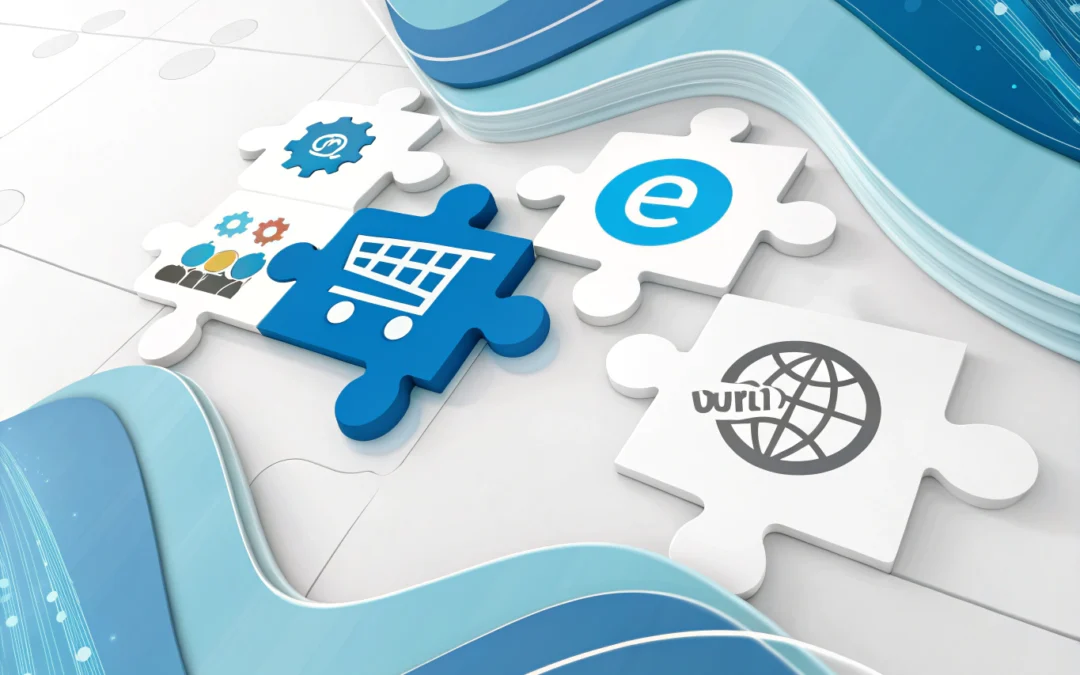The Evolving Role of Localized Online Marketplaces
Picture this: not too long ago, the idea of finding an ebay store near me seemed like a futuristic scenario from a sci-fi novel. Fast forward to now, and the lines have blurred between the digital and physical retail landscapes. But what does this mean for ecommerce entrepreneurs and technologists navigating these choppy waters?
From Global to Local: A Paradigm Shift
In a world where eBay is synonymous with global reach, the localized aspect of e-commerce might appear counterintuitive. However, this shift towards local online marketplaces is not about retreating from global ambitions—it’s about enhancing the shopping experience. Imagine AI as your enthusiastic intern, tirelessly working to tailor the shopping experience to local flavors, preferences, and trends. Localized ecommerce platforms are not merely a nod to convenience; they are a strategic pivot to create more personalized and relevant customer experiences, much like how the eBay resolution center streamlines dispute management for buyers and sellers.
The AI Factor: Personalization at its Core
AI’s role in this transformation is like having a supercharged assistant that understands not just language but local dialects, tastes, and needs. When AI is leveraged effectively, it can analyze data at an astonishing scale, learning from local buying patterns to forecast future trends and preferences. This is not just about what people want to buy; it’s about knowing how they want to buy, and ensuring processes like an eBay refund are smooth and hassle-free. Are they more inclined towards contactless payments, or do they value the human touch at a local pickup point? These insights allow businesses to tweak their offerings, making the shopping experience feel almost tailor-made.
Bridging the Gap with Technology
One might say that technology is the bridge between the virtual and the physical worlds. With tools like augmented reality (AR) and virtual reality (VR), customers can visualize products in their real-world context before making a purchase decision. This is the kind of tech wizardry that makes us feel like we’re living in a sci-fi universe. And let’s not forget logistics technology that optimizes local delivery routes, reducing carbon footprints while speeding up delivery times. It’s like having a fleet of drones dropping off your parcels with the precision of a Starfleet mission.
Actionable Recommendations for Entrepreneurs and Marketers
So, what should you do with this knowledge? First, embrace AI as your capable intern. Let it help you understand local markets better. Use data analytics to pinpoint what your customers want and how they want it. Second, consider implementing AR or VR to provide immersive shopping experiences; let your customers see your products in their environment. Third, optimize your logistics with technology to ensure faster, more sustainable deliveries.
In conclusion, the ecommerce landscape is not a zero-sum game between local and global. It’s a dance—a dynamic interplay of understanding, adapting, and personalizing. The key to success is to leverage technology not as an overlord, but as a partner who helps you make informed, human-centered decisions. After all, even in a world dominated by ones and zeros, it’s the human touch that makes all the difference.
Checkout ProductScope AI’s Studio (and get 200 free studio credits)

